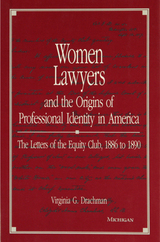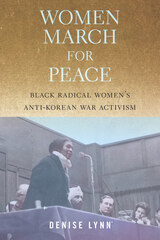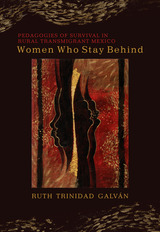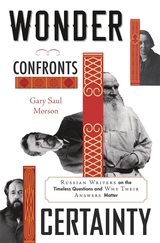2 books about 1898 - 1918
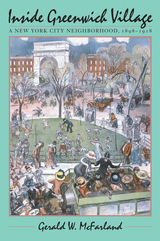
Inside Greenwich Village
A New York City Neighborhood, 1898-1918
Gerald W. McFarland
University of Massachusetts Press, 2001
In the popular imagination, New York City's Greenwich Village has long been known as a center of bohemianism, home to avant-garde artists, political radicals, and other nonconformists who challenged the reigning orthodoxies of their time. Yet a century ago the Village was a much different kind of place: a mixed-class, multiethnic neighborhood teeming with the energy and social tensions of a rapidly changing America. Gerald W. McFarland reconstructs this world with vivid descriptions of the major groups that resided within its boundaries—the Italian immigrants and African Americans to the south, the Irish Americans to the west, the well-to-do Protestants to the north, and the New York University students, middle-class professionals, and artists and writers who lived in apartment buildings and boarding houses on or near Washington Square.
McFarland examines how these Villagers, so divided along class and ethnic lines, interacted with one another. He shows how clashing expectations about what constituted proper behavior in the neighborhood's public spaces—especially streets, parks, and saloons—often led to intergroup conflict, political rivalries, and campaigns by the more privileged Villagers to impose middle-class mores on their working-class neighbors. Occasionally, however, a crisis or common problem led residents to overlook their differences and cooperate across class and ethnic lines. Throughout the book, McFarland connects the evolution of Village life to the profound transformations taking place in American society at large during the same years.
McFarland examines how these Villagers, so divided along class and ethnic lines, interacted with one another. He shows how clashing expectations about what constituted proper behavior in the neighborhood's public spaces—especially streets, parks, and saloons—often led to intergroup conflict, political rivalries, and campaigns by the more privileged Villagers to impose middle-class mores on their working-class neighbors. Occasionally, however, a crisis or common problem led residents to overlook their differences and cooperate across class and ethnic lines. Throughout the book, McFarland connects the evolution of Village life to the profound transformations taking place in American society at large during the same years.
[more]
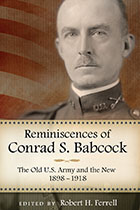
Reminiscences of Conrad S. Babcock
The Old U.S. Army and the New, 1898-1918
Edited by Robert H. Ferrell
University of Missouri Press, 2012
The son of an army officer, Conrad S. Babcock graduated from West Point in 1898, just in time for the opening of the Spanish-American War. Because of his father’s position, he managed to secure a place in the force that Major General Wesley Merritt led to Manila to secure the city. The Philippine Insurrection, as Americans described it, began shortly after he arrived. What Babcock observed in subsequent months and years, and details in his memoir, was the remarkable transition the U.S. Army was undergoing. From after the Civil War until just before the Spanish War, the army amounted to 28,000 men. It increased to 125,000, tiny compared with those of the great European nations of France and Germany, but the great change in the army came after its arrival in France in the summer of 1918, when the German army compelled the U.S. to change its nineteenth-century tactics.
Babcock’s original manuscript has been shortened by Robert H. Ferrell into eight chapters which illustrate the tremendous shift in warfare in the years surrounding the turn of the century. The first part of the book describes small actions against Filipinos and such assignments as taking a cavalry troop into the fire-destroyed city of San Francisco in 1906 or duty in the vicinity of Yuma in Arizona when border troubles were heating up with brigands and regular troops. The remaining chapters, beginning in 1918, set out the battles of Soissons (July 18–22) and Saint-Mihiel (September 12–16) and especially the immense battle of the Meuse-Argonne (September 26–November 11), the largest (1.2 million troops involved) and deadliest (26,000 men killed) battle in all of American history.
By the end of his career, Babcock was an adroit battle commander and an astute observer of military operations. Unlike most other officers around him, he showed an ability and willingness to adapt infantry tactics in the face of recently developed technology and weaponry such as the machine gun. When he retired in 1937 and began to write his memoirs, another world war had begun, giving additional context to his observations about the army and combat over the preceding forty years.
Until now, Babcock’s account has only been available in the archives of the Hoover Institution, but with the help of Ferrell's crisp, expert editing, this record of army culture in the first decades of the twentieth century can now reach a new generation of scholars.
[more]
READERS
Browse our collection.
PUBLISHERS
See BiblioVault's publisher services.
STUDENT SERVICES
Files for college accessibility offices.
UChicago Accessibility Resources
home | accessibility | search | about | contact us
BiblioVault ® 2001 - 2025
The University of Chicago Press


